The Taghiyev brothers’ mansions: Living monuments of Baku’s oil era Historical journey by Caliber.Az
The late 19th and early 20th centuries marked a period of truly transformative change for Baku. Once a modest port on the shores of the Caspian Sea, the city rapidly evolved into one of the world’s key oil production centres. The “oil boom” drew capital from every corner of the globe, attracting foreign specialists and entrepreneurs—and with them, new ideas, styles, and ambitions. This era heralded the beginning of a new architectural chapter in the city’s history.
Under the influence of this economic boom, Baku’s streets came to be lined with grand mansions, apartment buildings, and public edifices that impressed with both their scale and elegance. Each structure was more than just a home or an office—it was a manifesto of success, etched in stone and ornamentation. Architects drew inspiration from Western European, Eastern, and local traditions, crafting a cityscape that was uniquely Baku.
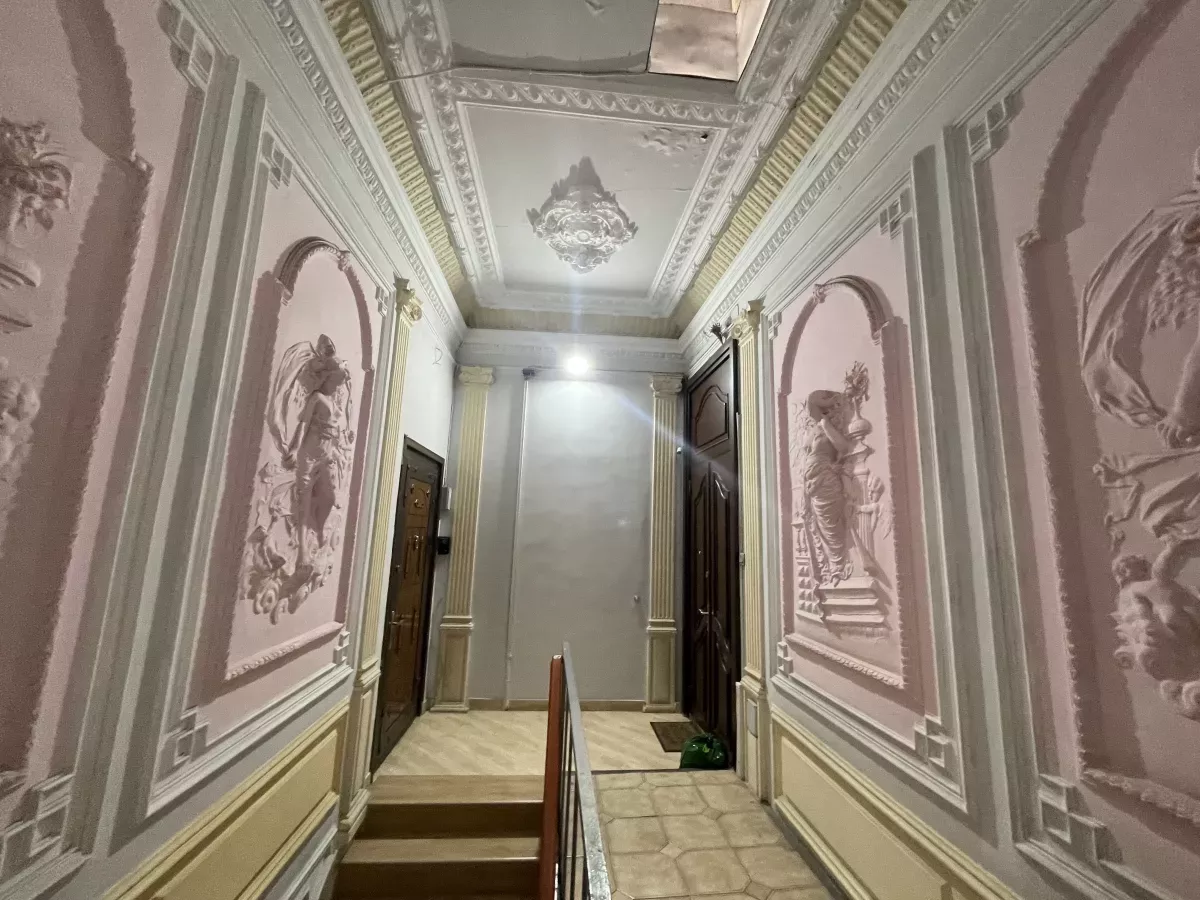
The Taghiyev brothers’ residences, belonging to some of the most influential figures of the oil aristocracy, hold a special place in this architectural splendour. Their mansions became landmarks in central Baku, drawing attention with richly decorated facades, harmonious forms, and carefully considered compositions. These buildings not only reflect the aesthetic tastes of the era but also serve as important cultural monuments, preserving the spirit of their time.
Agha-Huseyn bay Taghiyev—a millionaire oil magnate, philanthropist, and prominent member of a merchant dynasty from Shamakhi—was known as the “Shamakhi Merchant.” He was a second-guild merchant and owned three income-generating buildings in Baku, still popularly referred to as the “Taghiyev Brothers’ Houses.” Aga-Huseyn and his cousin, Najafgulu Taghiyev, were inseparable: they worked together, supported each other, and were always side by side. This strong bond and joint enterprise made them appear as a single entity in the eyes of Baku’s residents, who simply called them the Taghiyev Brothers.
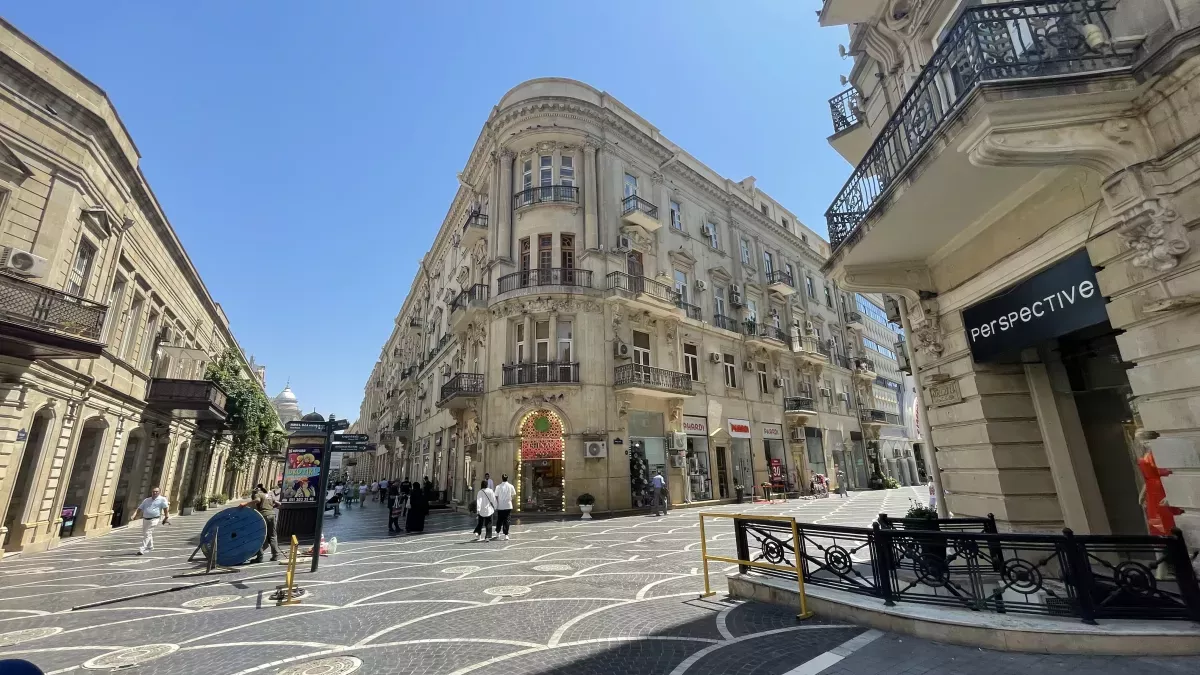
One of the most remarkable Taghiyev Brothers’ residences is the luxurious mansion at the corner of Nizami (Torgovaya) and Rasul Rza (Mariinskaya) streets. Built in 1912, it was the first four-story building on the street at a time when most structures were two or three stories high. Moreover, the mansion was among the first buildings in Baku to be equipped with an elevator, making it truly innovative for its era.
The mansion impresses with its architectural grandeur, while the facade captivates with a wealth of ornaments and decorative elements that highlight the owners’ luxury and high status. Tall windows and slender columns lend the building a monumental presence, and the meticulously crafted details on each floor create depth and harmony. Balconies with elegant railings and decorative pediments complete the composition, giving the house a unique charm. The interior was no less remarkable—the design continued the theme of refined luxury, creating an atmosphere of nobility and sophistication. Today, this mansion is rightly regarded as one of the architectural gems of Nizami Street, preserving the memory of Baku’s rich history and its remarkable patrons.
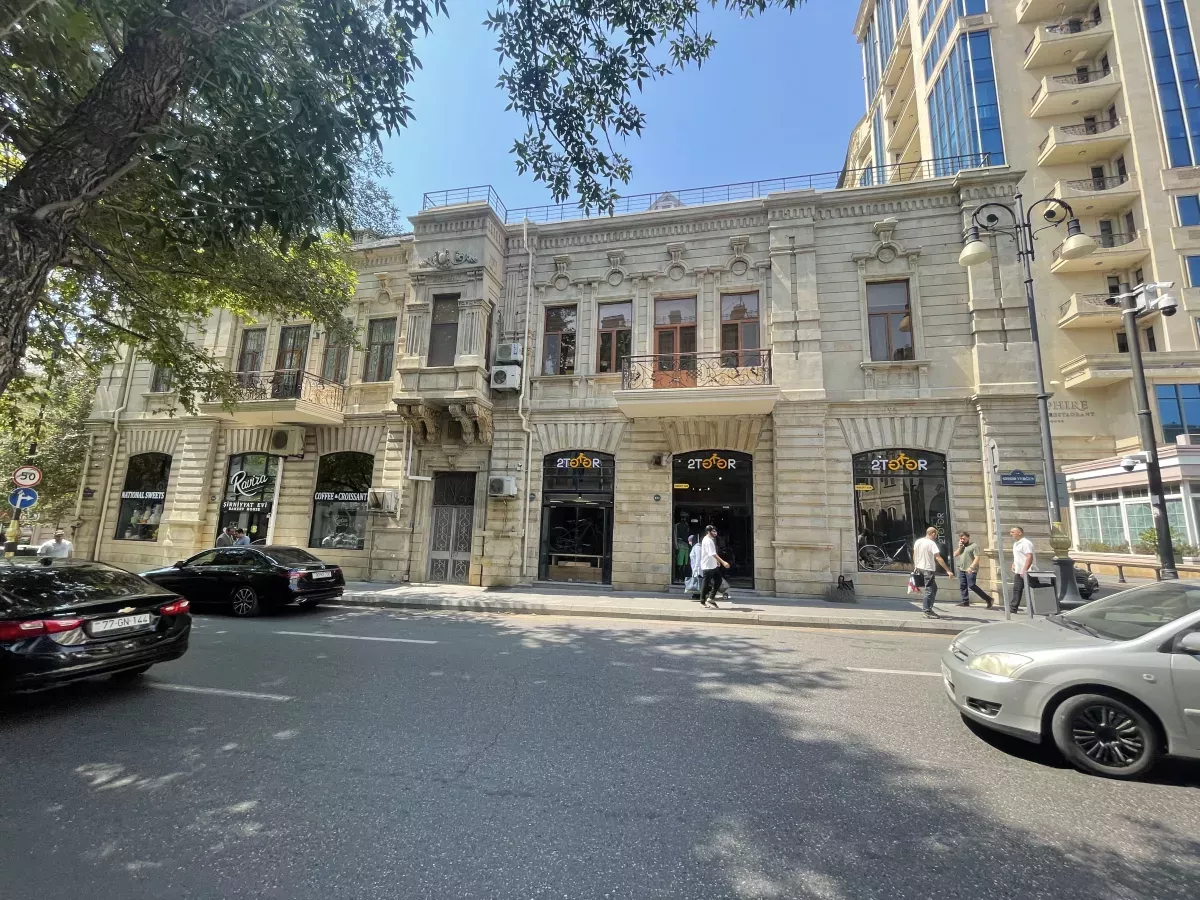
The second house, located on Samad Vurghun Street, was designed by architect I. V. Edel. Its facade preserves a kitabe—a kind of “building passport” bearing the construction date, 1897. Although the building is only two stories high, it impresses with the elegance of its lines and its harmonious integration with the surrounding architecture.
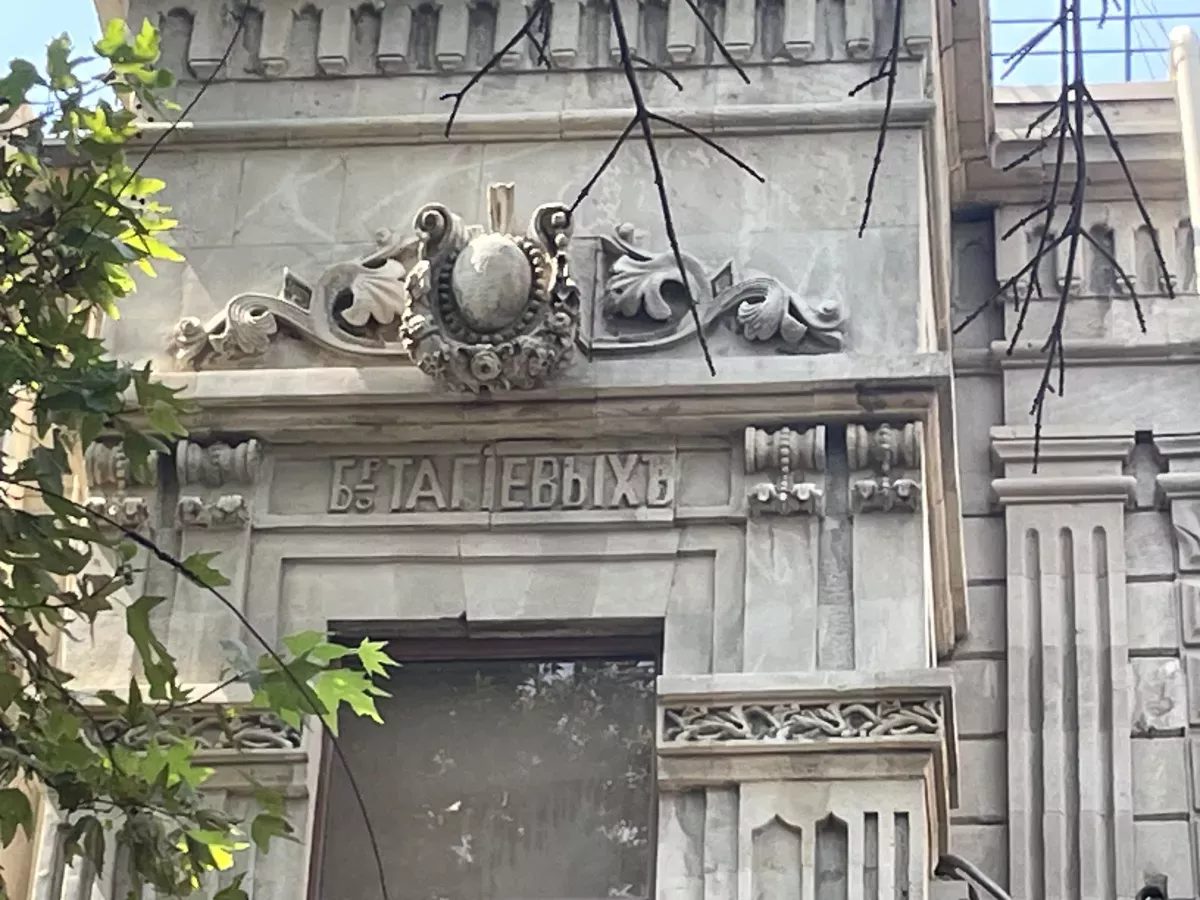
The building’s architectural proportions, decorative elements, and delicate facade details emphasise its refinement, creating an appearance that blends symmetry, elegance, and a sense of luxury. The house seems designed to inspire and impress, standing as a testament to the architectural craftsmanship of its era. The interiors are equally striking: the second-floor hall is adorned with lavish stucco featuring floral motifs and angelic figures. The walls were once enhanced with murals and paintings, which, unfortunately, have not survived.
Despite these losses, the building continues to retain its charm and historical significance, remaining an integral part of the district’s cultural heritage.
The third house, unfortunately, has not survived to the present day. According to the memories of the older generation, it was known as one of the “twin houses,” standing alongside its counterpart on Samad Vurghun Street and contributing to the street’s unique character. Sadly, no archival records of this house have been preserved.
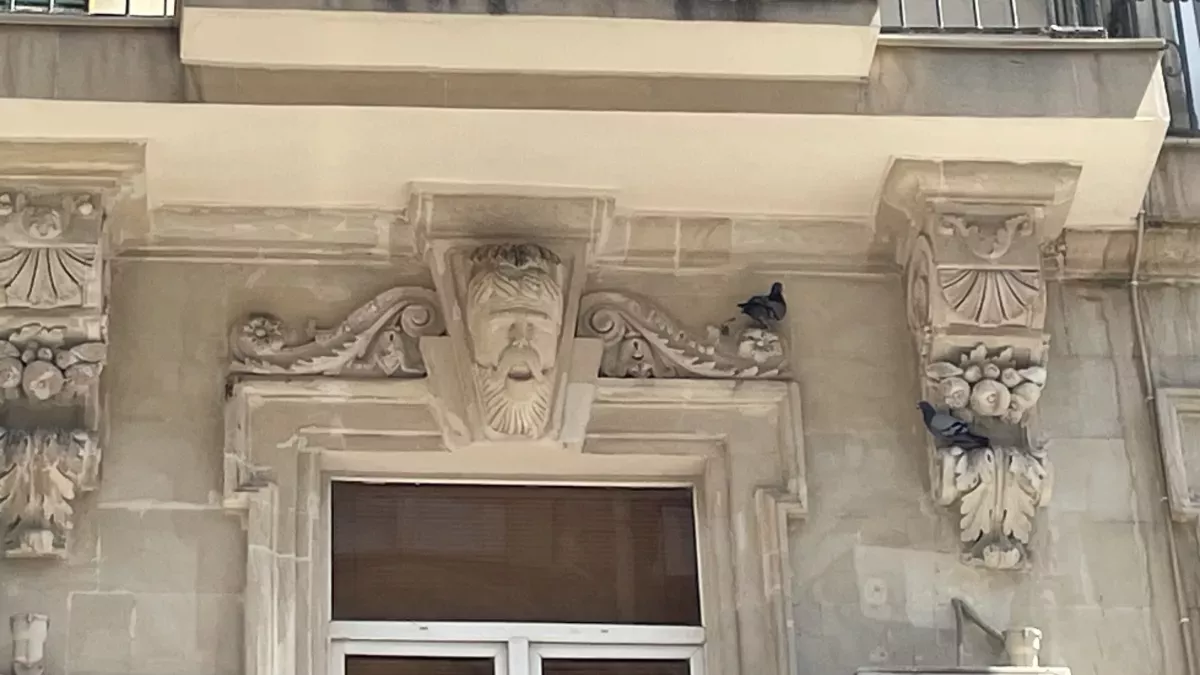
Today, the Taghiyev Brothers’ houses remain living witnesses to a time when Baku reached the height of its economic and cultural flourishing. Their exquisite architecture, subtly conveying the spirit of the era, continues to inspire and impress, reminding us of the city’s former grandeur.
These buildings are more than just architectural monuments—they are silent guardians of the past, carefully preserving the cultural code of the capital. As long as they stand, framed by the bustle of modern streets, they will continue to tell their story to those willing to listen.
Vahid Shukurov, exclusively for Caliber.Az








